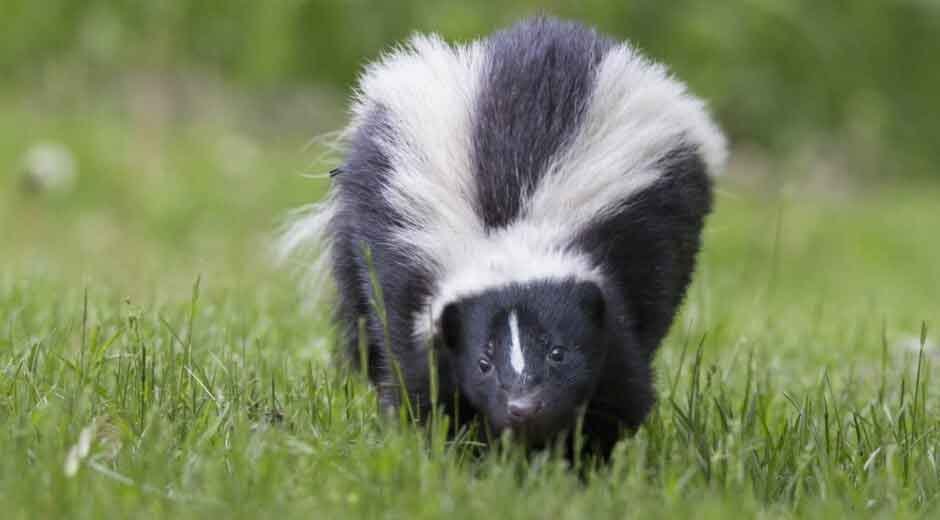Skip to the good bit
ToggleAs cities grow and suburbs expand, human development continues to encroach on wildlife habitats. While the occasional sighting of a raccoon or squirrel might seem charming, these small intrusions can quickly escalate into serious problems. Wildlife intrusion in urban areas poses multiple hidden risks—to health, property, and the natural balance of local ecosystems.
Health Risks Are Closer Than You Think
Many wild animals carry diseases that can be transmitted to humans, directly or indirectly. Rodents are known to spread leptospirosis and hantavirus through their droppings and urine. Bats roosting in attics can carry rabies and leave behind guano, which may lead to respiratory illnesses if disturbed.
Even seemingly harmless birds can be a problem. Pigeons and other nesting birds can spread diseases, such as histoplasmosis, through accumulated droppings, particularly in enclosed or poorly ventilated spaces. When these intrusions go unnoticed or unaddressed, the risk to public health increases.
The Cost of Structural Damage
Wild animals often find shelter in roofs, attics, chimneys, basements, and even wall cavities. In doing so, they can cause significant physical damage. Squirrels, for example, are notorious for chewing through insulation and electrical wiring, potentially sparking fires. Raccoons can tear apart roofing materials and soffits to gain entry into attics.
Blocked gutters from bird nests can lead to water damage, while burrowing animals like groundhogs may destabilize foundations. The longer these problems are left unresolved, the more expensive the repairs become. In some cases, insurance may not cover the damage if it’s considered preventable.
Disruption of Local Ecosystems
Urban wildlife doesn’t just impact individual households—it can also disturb the delicate balance of local ecosystems. When animals like raccoons, opossums, or feral cats find easy access to food and shelter in residential areas, their populations can grow unnaturally. This often leads to reduced biodiversity, as more dominant or invasive species crowd out native wildlife.
Feeding or tolerating wildlife in residential areas may seem kind, but it encourages animals to depend on humans, disrupts natural behaviors, and increases the likelihood of dangerous interactions.
Prevention Through Awareness and Professional Support
Homeowners can take several steps to prevent wildlife intrusion. These include sealing potential entry points, keeping outdoor areas tidy, and securing garbage bins and compost containers. Regular home inspections, particularly of roofs and crawlspaces, can help identify early signs of activity.
When an issue arises, it’s important to seek expert help. Attempting to remove animals without the proper knowledge or tools can lead to injury, stress for the animal, or incomplete solutions that leave the door open for return visits. Professionals are equipped to remove wildlife humanely, identify how they gained access, and ensure they cannot return.
Companies like The Outdoors Group specialize in safe, ethical wildlife removal and exclusion. With a focus on long-term solutions, they not only remove animals but also carry out repairs and provide guidance to prevent future issues.
A Shared Responsibility
Living in an urban environment doesn’t mean wildlife is a distant concern. On the contrary, as cities continue to intersect with natural spaces, responsible coexistence becomes essential. By staying informed, taking action early, and seeking expert support when needed, individuals can help create safer, healthier communities for both people and animals.
Wildlife intrusion is not just a property problem—it’s a public health and environmental issue. Recognizing the risks and responding effectively is key to preserving both your home and the surrounding ecosystem.







